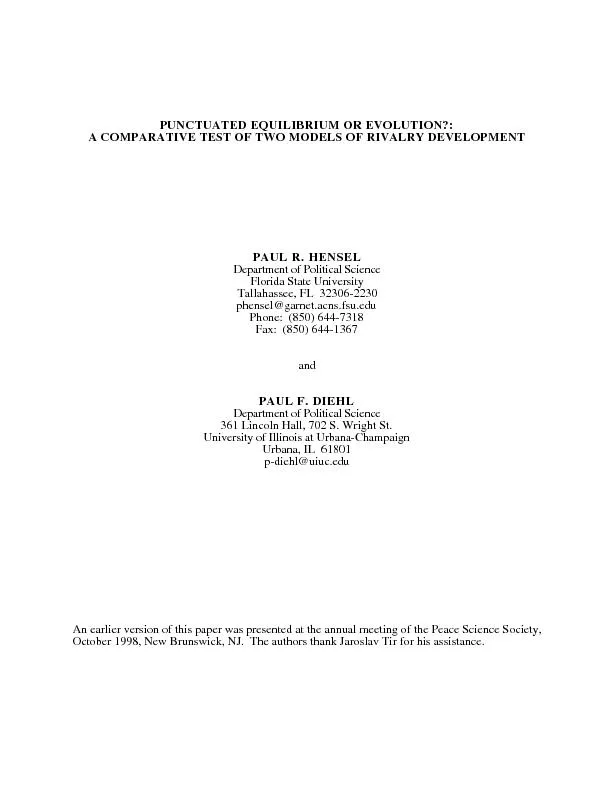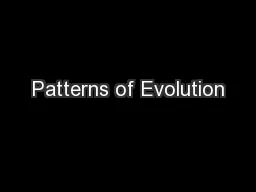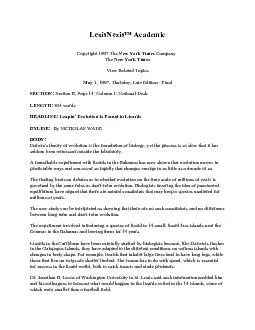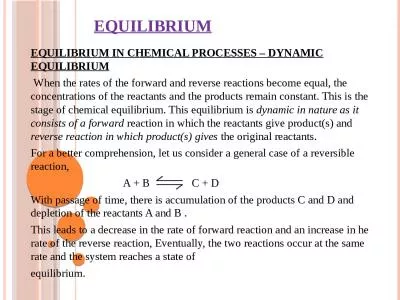PPT-Punctuated Equilibrium Scientists attempt to explain the world around us.
Author : sophie | Published Date : 2023-09-26
They do this through a series of proposed explanations for observed phenomena called hypotheses These hypotheses are then tested over a period of years to determine
Presentation Embed Code
Download Presentation
Download Presentation The PPT/PDF document "Punctuated Equilibrium Scientists attem..." is the property of its rightful owner. Permission is granted to download and print the materials on this website for personal, non-commercial use only, and to display it on your personal computer provided you do not modify the materials and that you retain all copyright notices contained in the materials. By downloading content from our website, you accept the terms of this agreement.
Punctuated Equilibrium Scientists attempt to explain the world around us.: Transcript
Download Rules Of Document
"Punctuated Equilibrium Scientists attempt to explain the world around us."The content belongs to its owner. You may download and print it for personal use, without modification, and keep all copyright notices. By downloading, you agree to these terms.
Related Documents














